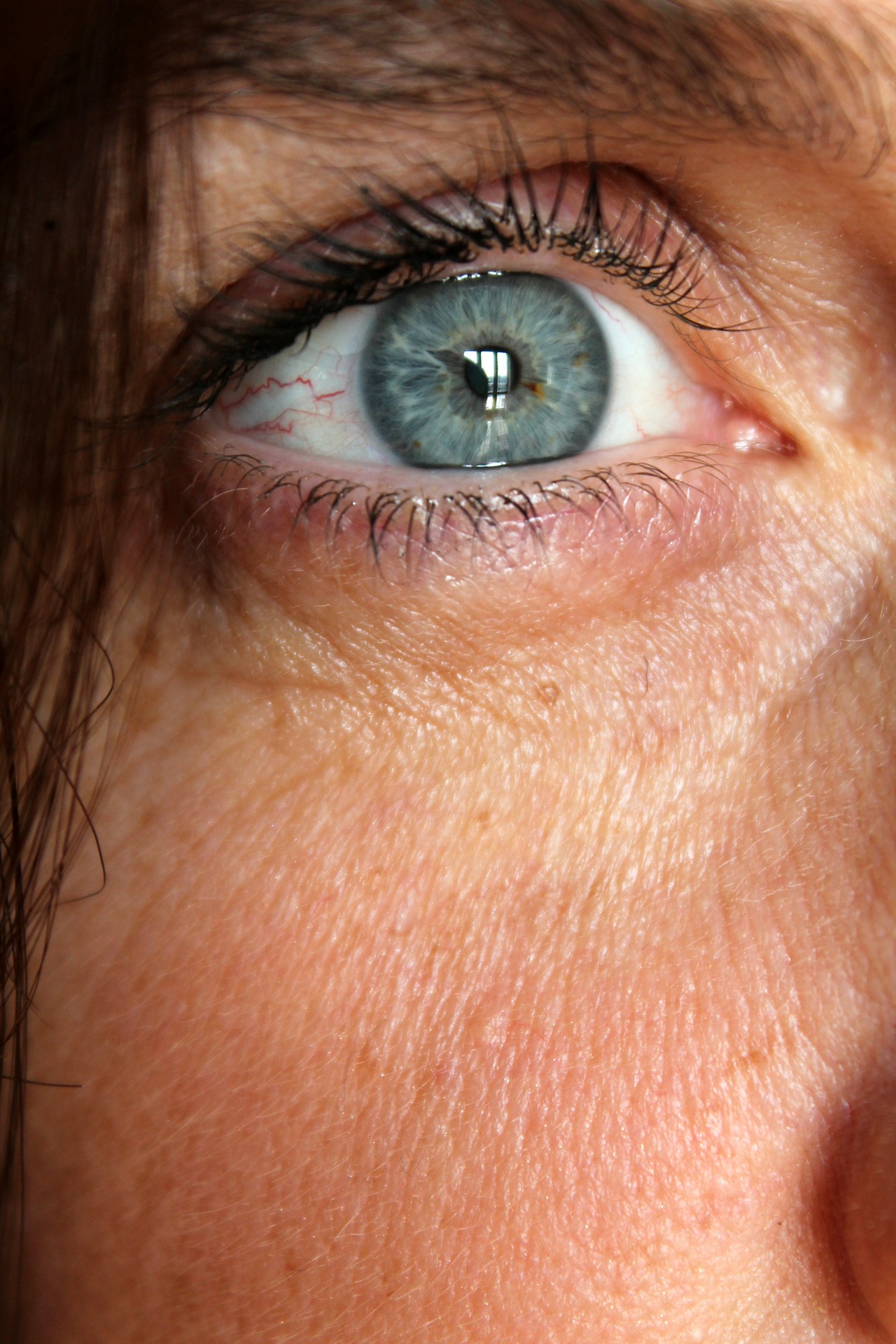An overdose on narcotics is very dangerous, and potentially deady. Recognizing the signs can help to ensure that someone gets the help they need when they need it.
Recognizing a Narcotic Overdose
Narcotic Overdoses Are a Growing Epidemic
Recognizing the signs and symptoms of a narcotic overdose can mean all the difference between life and death. In the past, toxicity and overdoses have been attributed to dependence or abuse, but, often, narcotic overdoses occur through no fault of the individual and when least expected. Statistics show that there is an overwhelming need to be able to recognize a narcotic overdose whenever you know of someone who has access to these types of drugs.
Over the past two decades, narcotic overdoses have become the leading cause of injury deaths in the United States. According to the Center for Disease Control, every day, 105 people die in the U.S. and more than 6,748 individuals are treated for overdose emergencies.
In 2010, there were 38,329 drug overdose deaths in the United States. Of these, 22,134 (60%) were related to pharmaceuticals which have, alarmingly, become the most available and abused drugs in the nation. The most common narcotics attributed to these deaths include opioids and their derivatives which are found in many prescription painkillers, according to the CDC.
Many individuals who use prescription drugs, whether prescribed or otherwise, perceive them as less harmful than other narcotics such as heroin or cocaine, although their potential for addiction and abuse is extremely high. More reported narcotic overdoses are attributed to prescription painkillers than heroin and cocaine overdoses combined. Other narcotics contributing to the majority of narcotic overdoses included synthetic opioids, methadone, heroin, cocaine, and anti anxiety medications such as alprazolam (Zanax).
Recognizing a Narcotic Overdose
Overdoses occur when excessive amounts of any narcotic drug is ingested, inhaled, injected, absorbed through the skin, or used in a lethal combination with other drugs, according to the Centers for Disease Control and Prevention. Most narcotic overdoses are unintentional because the person taking or giving the substance never intended harm. An overdose occurrence can result even if the person has become accustomed to using the drug because our bodies can react to a variety of factors and the risks for some may be greater than others. In the instance of an overdose the person may exhibit any or several of the following symptoms:
- Lack of consciousness or unresponsive to outside stimulus
- Inability to speak although appearing to be awake
- Shallow, rapid, or stopped breathing
- Slow, erratic, or no pulse
- Face that is clammy to the touch or pale, grayish, or ashen
- Blue, black, or purplish lips or fingernails
- Choking sounds, or a snore-like gurgling noise (called the “death rattle”)
- Nausea or vomiting
- Excessive sweating or significant decreases in body temperature and hypoxia
- Hallucinations or deliriums
Respiratory depression is a major concern associated with narcotic overdoses because it can lead to a number of other dangers and requires immediate medical attention. When breathing is slowed with less depth, there are many issues that may result. Lack of consciousness may be accompanied before or after respiratory depression and lack of oxygen can result in organ failures. Slow or erratic pulses can result in serious dangers to the cardiovascular system and may result in cardiac arrest or death. Never leave the person alone, despite any of these conditions occurring, if an overdose is suspected or if an individual experiences unusual symptoms while taking medications, medical attention should be sought immediately.
If someone you love is at risk of a narcotic overdose, call 800-934-1582(Sponsored) now to find nearby addiction treatment programs.
the Take-Away


